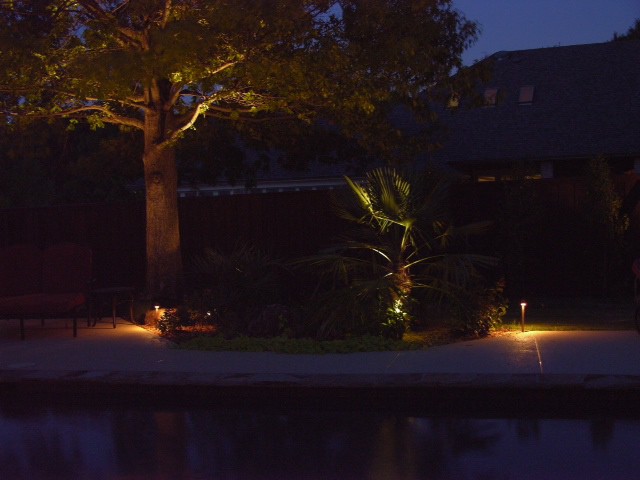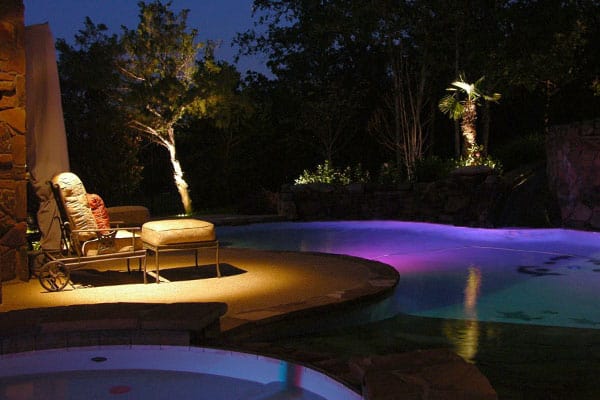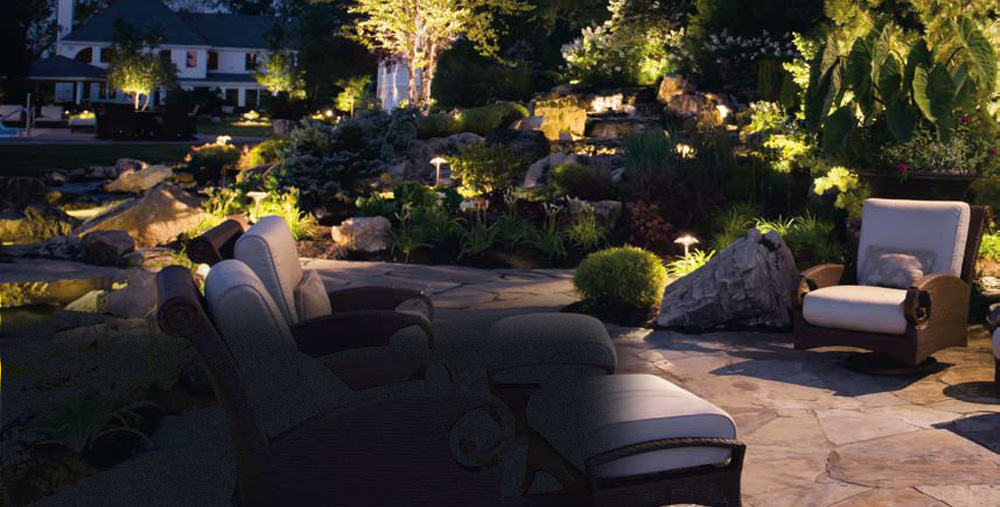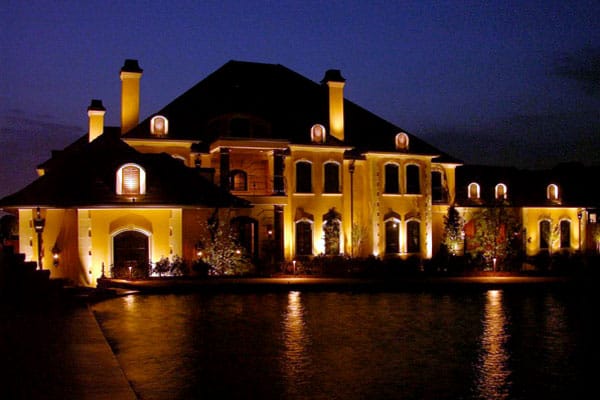
LEDs are renowned for their incredible lifespan, energy efficiency, and gorgeous soft light color. When it comes to outdoor lighting, LEDs are extremely reliable and can last for years. However, some homeowners have asked us why their LED lights have suddenly given out on them, leaving their homes in the dark. What leads to premature LED failure and how can you prevent it? Our team of outdoor lighting experts at Creative Nightscapes has the answers you are looking for! Let’s take a look:
Temperatures are Too Hot or Too Cold
LED lights need to be installed properly to help protect them from heat and chill. When an LED light is installed, it shouldn’t be placed in a tightly enclosed fixture. LED lights are sensitive to prolonged exposure to extreme heat, and without a way for the hot air to escape, the heat will begin to damage the LED itself, causing it to prematurely fail. LED lights always need to be installed with a heat sink to allow the hot air to escape and the bulb to stay at a lower temperature.
The opposite can be said about LEDs being exposed to constantly freezing temperatures. Low quality LED lights do not have the extra-low thermal protection that is found on higher-quality LED lights. This thermal protection helps them resist cracking due to cold or freezing temperatures. Never invest in low-value lights, as you may find yourself constantly buying new bulbs due to premature failure.
Structural Issues
Although LED lights are known for their reliability, sometimes they suffer from design or manufacturing defects. Structure issues within the bulb itself, the lamp, the connection inside the bulb, or even the wiring can result in the failure of your LED light. This is why it is important to put your faith in an experienced outdoor lighting team that knows how to identify good LED bulbs from faulty ones. LED lights need to be connected by a professional to ensure that the electrical flow isn’t cut off and that the bulb is getting the power it needs to light.
All LED bulbs, no matter the quality, have to have proof that they have gone under extensive quality testing. This ensures that your LED lights can withstand normal wear and tear and that each of the components is working properly.
Driver Failure
An LED driver is the electronic component that controls the amount of power allowed into the LED lamp or system. One of its main functions is to convert AC power to DC and prevent any power surges from burning the bulb. If the driver fails by letting too much power through, it can completely burn out the bulb.
What Causes a Faulty Driver?
- Overheating: Low-quality materials can result in the driver not being able to disperse heat properly, resulting in the driver overheating. This can cause the driver to allow too much power through the lighting system and burn out the bulb.
- Environmental Factors: Temperature fluctuations can have an impact on the driver of your LED lights. Each LED driver has different operating temperatures that tell you which range they can work well in. If your area consistently has temperatures outside of those ranges, you may be risking having your driver fail at some point due to overheating or freezing.
- Improper Installation: Faulty installation can result in the driver to fail prematurely due to electrical issues. It is extremely important to ensure that you are hiring an experienced outdoor lighting company to install your outdoor lighting system.
How Do I Prevent Premature Lighting Failure
The best way to ensure that your outdoor lighting lasts you for years to come is by ensuring that you are teaming up with a certified outdoor lighting company. Creative Nightscapes is proud to be certified by Kichler and is a proud member of the Association of Outdoor Lighting Professionals. Our team only uses the best materials and practices in the trade to ensure that you are getting beautiful outdoor lighting designs and lighting that will last you for years. Contact our team today for more information on our services or to schedule a consultation with our outdoor lighting design team!



